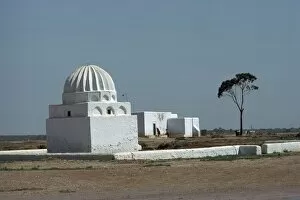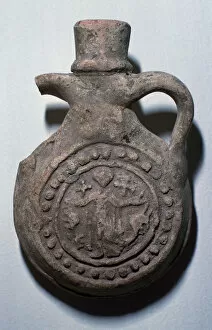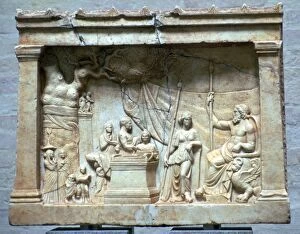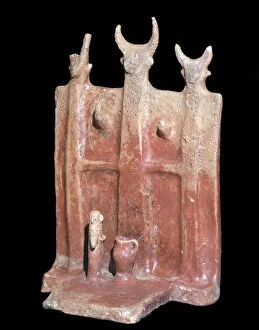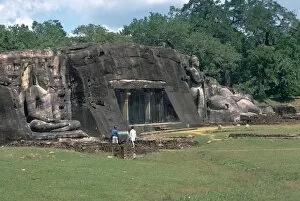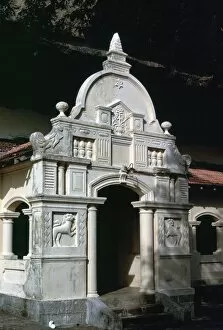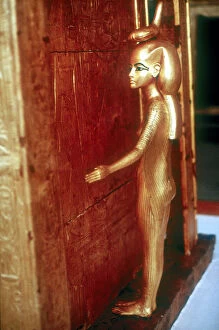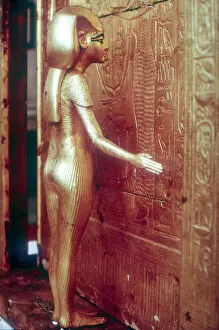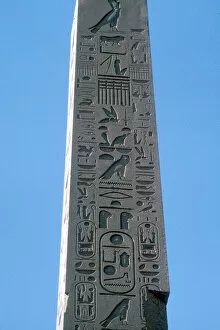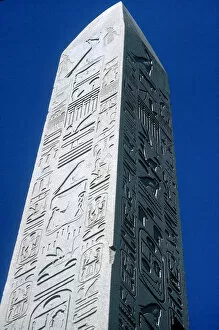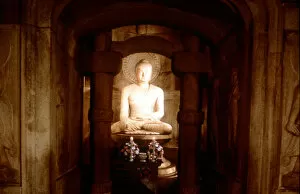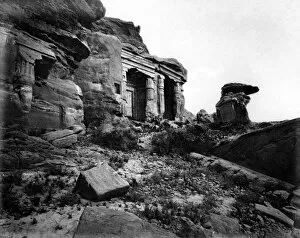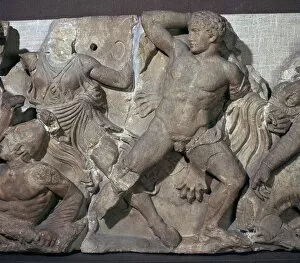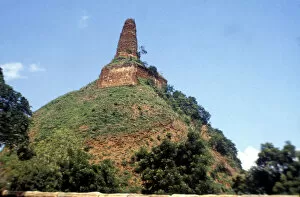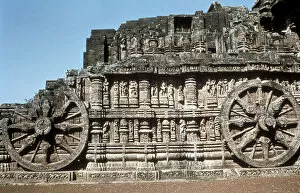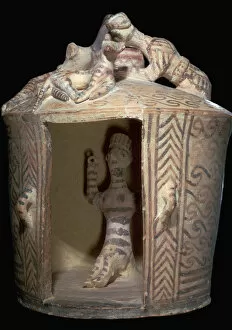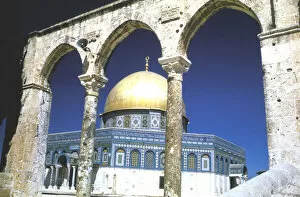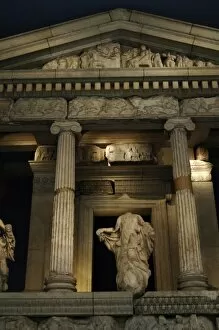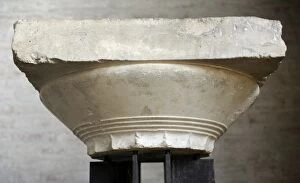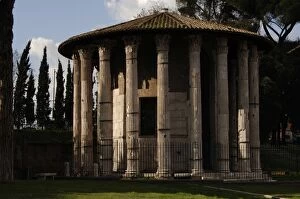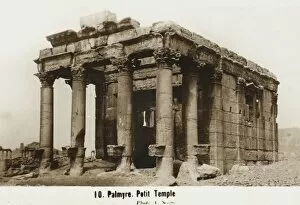Cella Collection (#5)
"Cella: A Journey Through Time and Culture" Step into the captivating world of "Cella, " where art, history
For sale as Licensed Images
Choose your image, Select your licence and Download the media
"Cella: A Journey Through Time and Culture" Step into the captivating world of "Cella, " where art, history, and architecture intertwine to create a mesmerizing tapestry of human creativity. From the lush landscapes depicted in Frederic Edwin Church's masterpiece "Heart of the Andes" to the mystical scenes found within "The Fumigation of Osiris, the Book of the Dead of Neb-Qued, " this collection transports you across continents and centuries. Marvel at the intricate details captured in David Roberts' portrayal of Granada's iconic Gate of Vivarrambla or immerse yourself in Japan's rich heritage with a glimpse at Daibutsu at Kamakura. Feel your heart race as you witness a thrilling moment frozen in time through "Timing a Motor Cycle. " But it is not just grand structures that captivate our attention; even humble dwellings hold stories worth exploring. Delve into Pompeii's past as you study an elevation and floor plan from one ancient house, while also discovering Westminster Abbey's Shrine of Edward the Confessor, shrouded in mystery since 1890. As we journey further eastward, Jerusalem beckons us with its enigmatic allure showcased by The Dome of Rock. Meanwhile, find solace amidst Buddhist traditions with a bathing elephant carved delicately within a shrine. Yet among these remarkable tales lies an intimate narrative - that which unfolds within William Oberdan's cell during his final days spent inside Trieste's Barracks on Piazza Oberdan. Though demolished during darker times, this poignant space serves as a reminder of sacrifice and resilience. Join us on this extraordinary voyage through time and culture as we unlock secrets hidden within each cella - spaces that bear witness to humanity’s triumphs, struggles, and enduring spirit throughout history.


